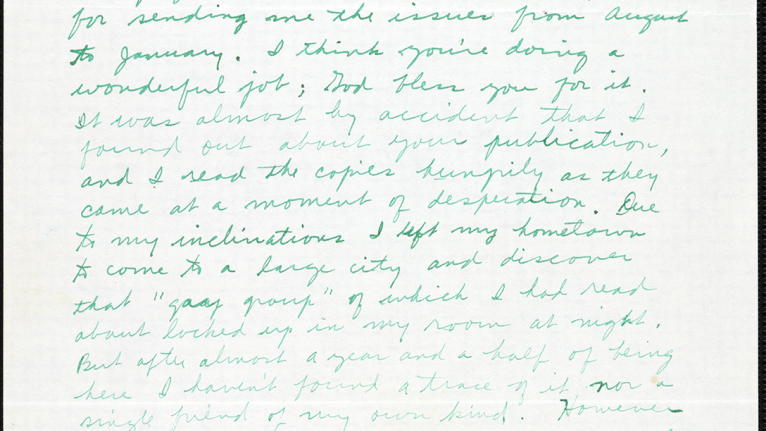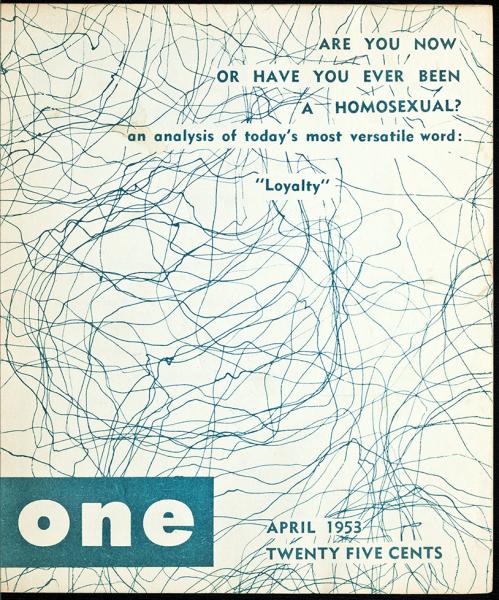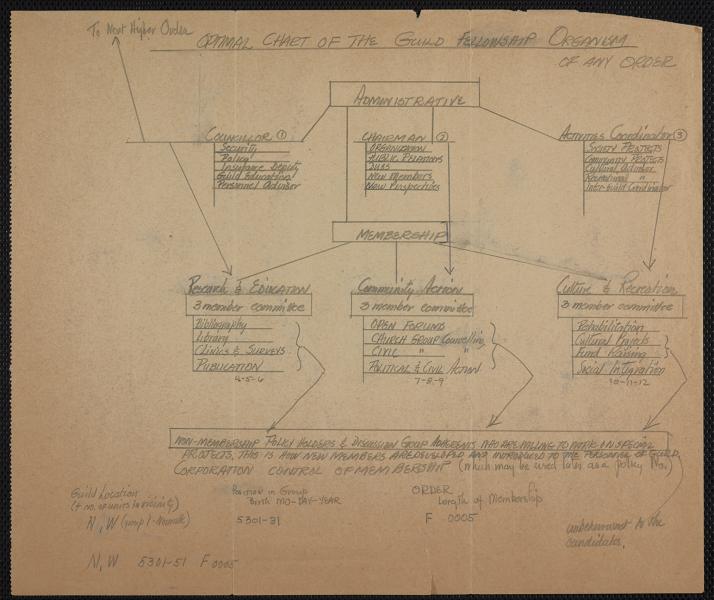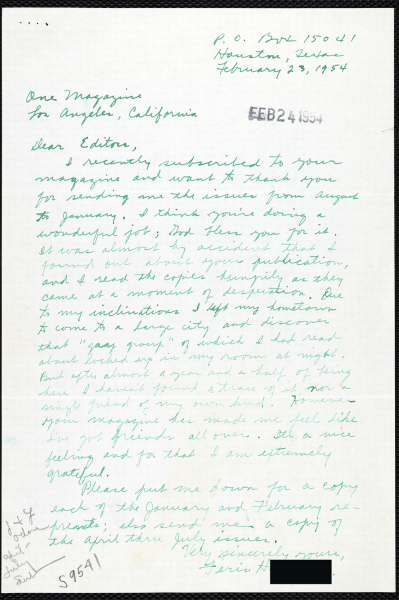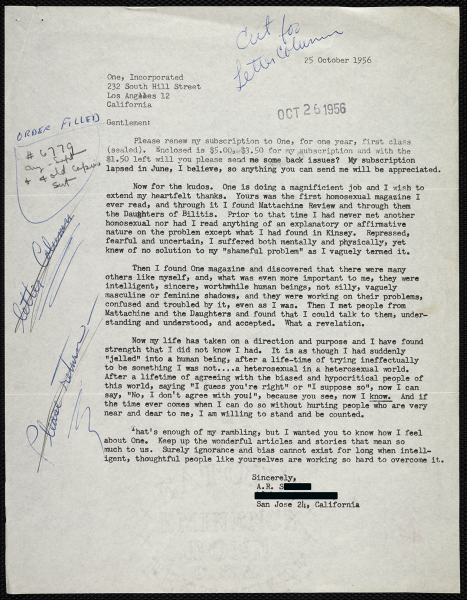September 2021
The ONE Archives at the USC Libraries is excited to share the news that collections from two of the earliest gay and lesbian organizations in the United States, ONE Incorporated and Mattachine Society, are now accessible through the USC Digital Library. Thanks to a generous grant from the National Endowment for the Humanities (NEH), thousands of administrative records and correspondence files from these collections are now digitized and available online. Materials digitized through this project shed light on the pre-Stonewall years of the LGBTQ rights movement. In the United States, the earliest homophile organizations were all founded in California: the Mattachine Society, ONE Incorporated, and the Daughters of Bilitis. These were the first gay and lesbian organizations with a national reach, and they advocated for LGBTQ civil rights and social equality at a time when gay, lesbian, and gender nonconforming Americans were excluded from public life and faced myriad forms of discrimination, as well as frequent, organized campaigns of police harassment.
The Mattachine Society began in 1950 when men (and later, women) started meeting secretly at the home of founder Harry Hay to discuss gay and lesbian issues. For the next three years, the Mattachine Society expanded rapidly in California. By 1953, however, a schism developed within the Mattachine's membership, and left-leaning Hay and his followers were replaced with a new, more conservative, leadership who dissolved the secretive structure and established a national network of Mattachine Society chapters. During its most active period in the late 1950s, the Society's activities included group discussions, research on medical and psychological issues, and organizing around gay and lesbian support services and education. The group also held annual conventions and published the Mattachine Review and chapter newsletters. Highlights from the Mattachine Society records include founding documents; minutes of internal debates that members had regarding the group's mission and structure; administrative records from chapters in Boston, Chicago, Denver, Detroit, Florida, Los Angeles, New York, Philadelphia, San Francisco, and Washington, D.C.; and correspondence documenting the activities and strategies of early LGBTQ activists.
In 1952, a few members at a Mattachine Society meeting began discussing the need for a national homosexual publication. This led to the development of ONE Incorporated, which soon after launched the very first nationally-distributed gay and lesbian magazine, ONE, in January 1953. As outlined in ONE Inc.'s articles of incorporation, its primary goal was "to publish and disseminate a magazine dealing primarily with homosexuality from a scientific, historical and critical point of view, and to aid in the social integration and rehabilitation of the sexual variant." Along with ONE Magazine, a lifeline to many gay, lesbian, and gender nonconforming people throughout the U.S., its activities included ambitious initiatives to promote education, research, and integration. Among the many highlights of the ONE Inc. records are 7,000+ letters from subscribers and general readers who came across the publication at a time when there was simply no other magazine like it. Many of these are candid personal letters that give a complex, moving picture of daily life for LGBTQ people across the U.S. from the 1950s through the 1970s.
The materials digitized from ONE Inc. and the Mattachine Society records are remarkable for the light they shed on early U.S. LGBTQ rights activism and the worlds inhabited by gay, lesbian, and gender nonconforming people during the pre-Stonewall era. Together, they played foundational roles in the civil rights struggle, and their efforts to build a sense of identity and community created a lasting legacy for future LGBTQ liberation movements.
